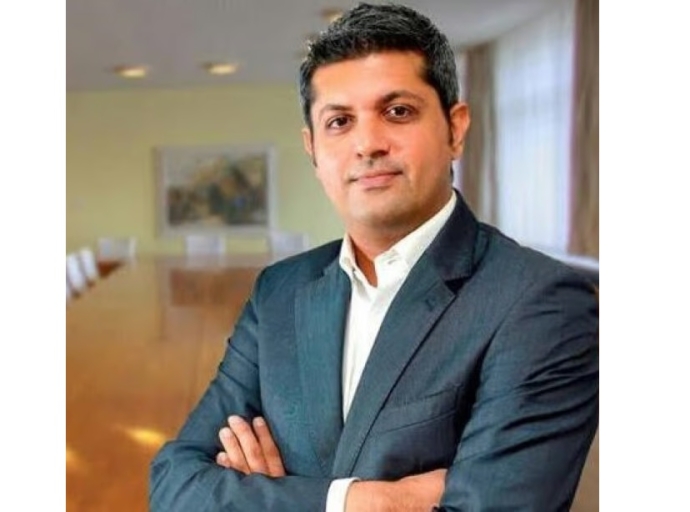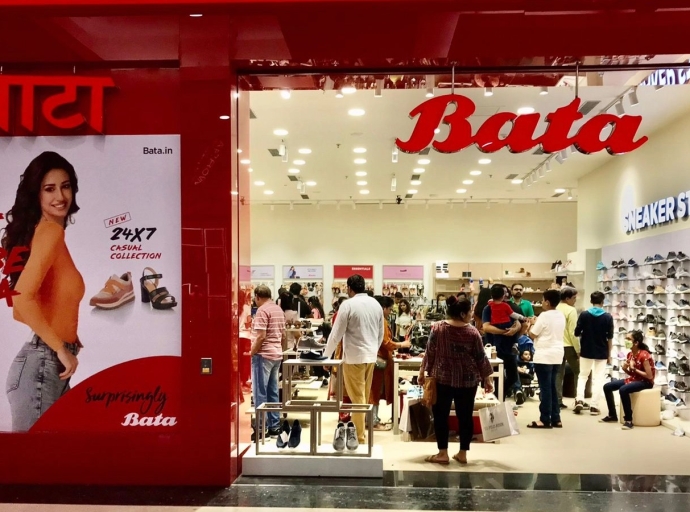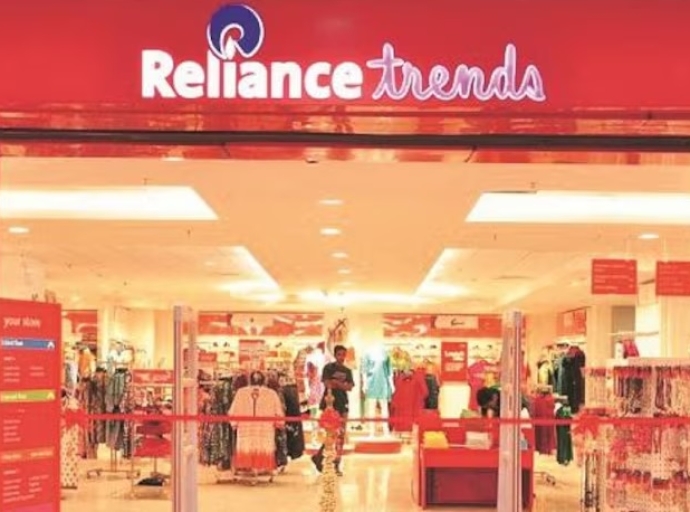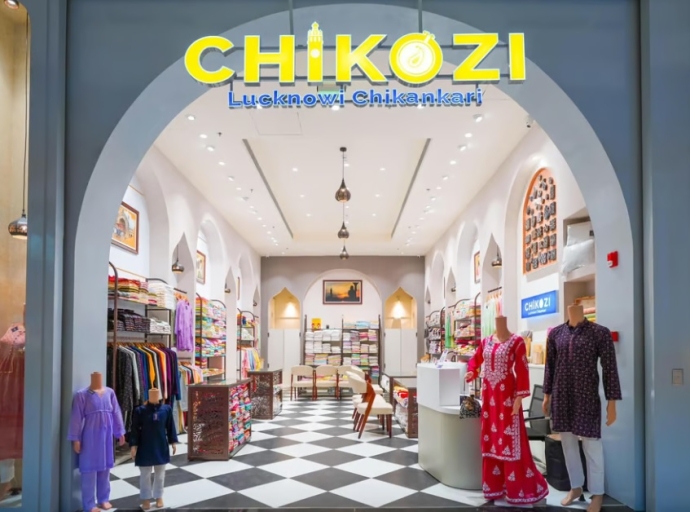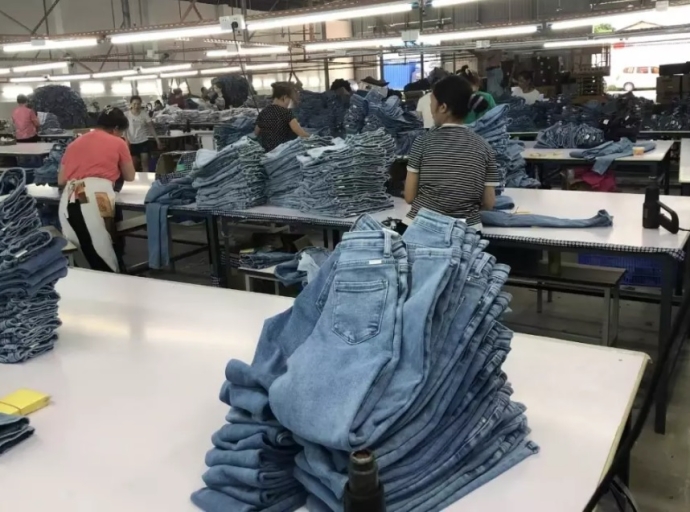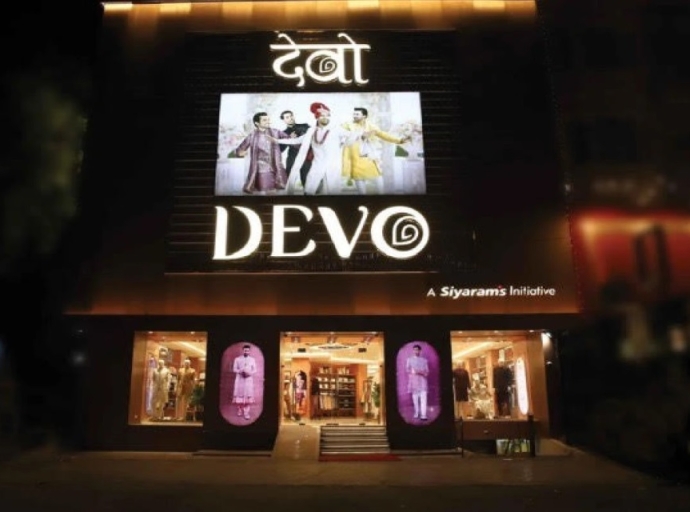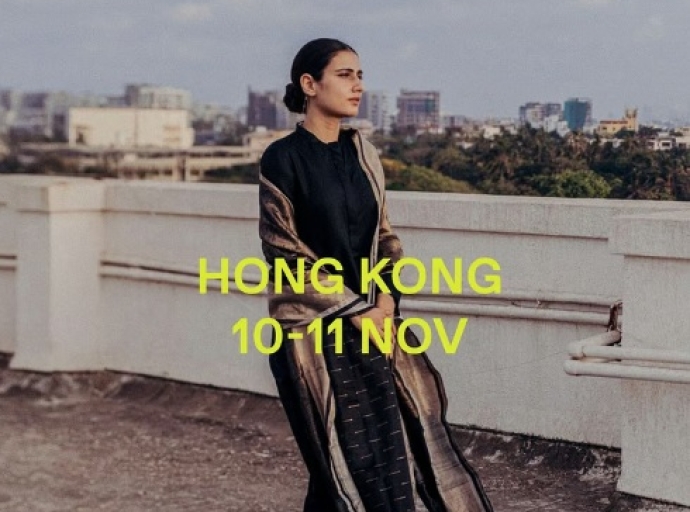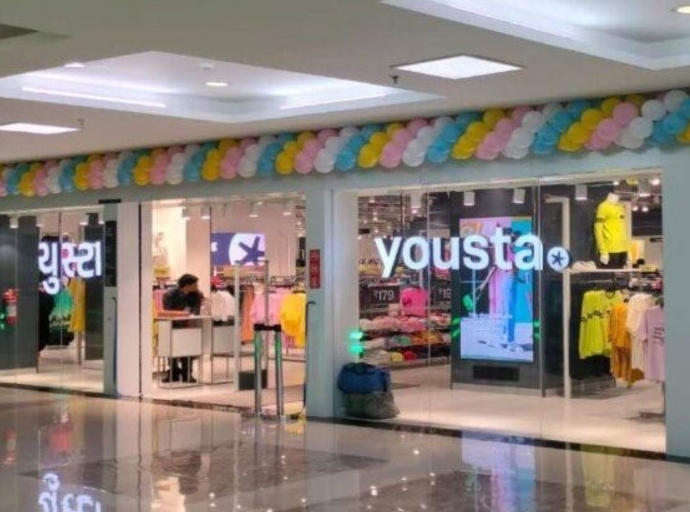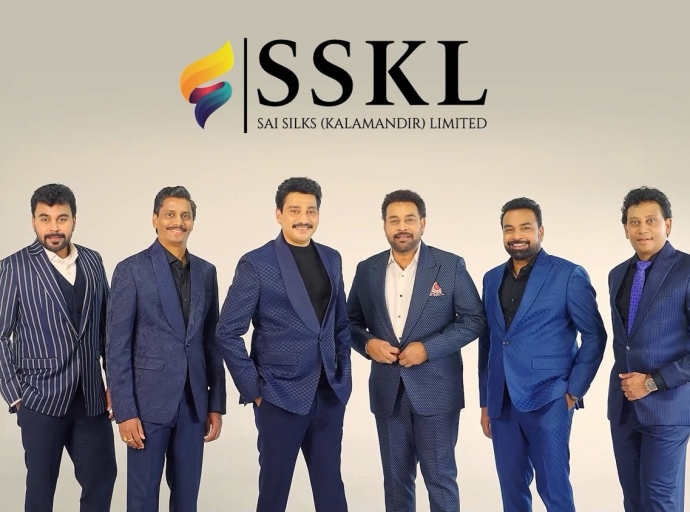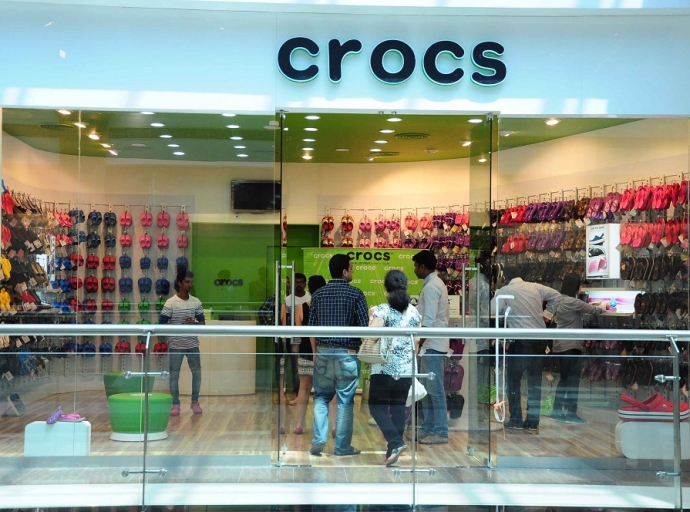07 November 2024, Mumbai
Diwali 2024 has just got over a week ago, leaving behind a trail of insights into India's vibrant retail landscape. This year's festive season was a mixed bag for the fashion and apparel sector, while some segments saw impressive growth, others faced headwinds, highlighting the diverse and dynamic nature of this market.
In fact, Nomura reported this year’s spending was less than last years which highlights a "cyclical growth slowdown" in the Indian economy, impacting overall festive consumption. Rising inflation may have influenced consumer spending, particularly in discretionary categories like fashion and apparel. Despite the festive season, consumer sentiment appears to be somewhat subdued, particularly in metros, which could impact future retail growth. CBRE's report too indicates that slower retail sales are hindering the expansion plans of established brands in India.
Trends that emerged
• E-commerce continued its dominance: Online platforms raked in nearly Rs 1 lakh crore (about $11.9 billion), growing over 23 per cent year-on-year. This was driven by increasing demand from non-metro consumers and an increase in luxury purchases.
• Premiumization on the rise: Consumers showed a clear preference for higher-priced items, with strong growth seen in premium smartphones, appliances, and fashion accessories.
• Mixed performance for luxury brands: While some luxury retailers reported double-digit growth, others experienced slower sales, indicating a potential softening in this segment.
• Value fashion thrived: Domestic value fashion retailers continued to grow, particularly in high streets across major cities.
• Overall festive consumption growth slowed: Nomura reported a 15 per cent growth in festive spending, half the rate seen in 2023, citing weak demand in metros and industrial areas.
Brick &mortar vs e-commerce
E-commerce emerged as the clear winner this Diwali raking in nearly Rs 1 lakh crore (approximately $11.9 billion), a 23 per cent jump from the previous year. Flipkart and Amazon reported record-breaking sales, with aggressive discounts, convenient shopping experiences, and a wider selection of goods. While brick-and-mortar stores still hold significant importance, particularly for touch-and-feel categories like apparel, the convenience and reach of e-commerce are undeniable. As Pushpa Bector, DLF Retail puts it, "Generally, it (sales) was not as vibrant as we thought it would be. We might have expected growth at par with levels seen in 2022-2023 but the base of growth has come down."
Overall retail vs fashion/apparel retail
While overall retail sales saw healthy growth, the fashion and apparel sector experienced a more muted performance. Nomura's report indicates that festive consumption growth halved this year to 15 per cent, with weak demand in metros and industrial areas. This could be attributed to several factors, including a shift in consumer spending towards other categories like electronics and home appliances, and a general economic slowdown impacting discretionary spending. In fact, smartphones dominated online sales, capturing nearly 65 per cent of all smartphone purchases during the festive period. Viraal Rajan, Owner and Director of Time Avenue opines, "Sales for us are 10-15 per cent higher than last year...but we are hearing the business has been weaker this Diwali for some of the other luxury categories."
Metros vs. Tier II, III cities
One of the most striking trends this Diwali was the demand growth in Tier II, III cities. Amazon reported over 85 per cent of its customers were from non-metros. This highlights the increasing purchasing power and aspirations of consumers in these regions. Nomura's report pointed to weak demand in metros and industrial areas, contributing to the slowdown in overall festive consumption growth. However, growing small town demand underlines the fact that brands now need to tailor their strategies to cater to the unique preferences and needs of consumers in smaller cities and towns. "There was increased demand from Tier II-III and beyond, across categories including smartphones, TVs, appliances and fashion," said Satish Meena, adviser at Datum Intelligence
Premium vs value retail
Both premium and value segments witnessed growth this Diwali, but with different drivers. The premium segment got a boost from aspirational consumers and a desire for better quality and brands. Value retail, on the other hand, catered to price-conscious shoppers seeking the best deals. For example, Amazon reported a 400 per cent spike in its fashion and beauty premium portfolio, while domestic value fashion retailers saw strong demand for space in high streets.
Table: E-commerce sales growth across categories
|
Category
|
E-commerce sales growth (YoY)
|
|
Overall
|
23%
|
|
Smartphones
|
65% of online smartphone sales
|
|
Premium Appliances
|
30%
|
|
Premium Fashion & Beauty
|
400% vs BAU
|
|
Home & Kitchen (Meesho)
|
105%
|
|
Beauty & Personal Care (Meesho)
|
60%
|
Overall Diwali 2024 was a mixed bag for India's fashion and apparel sector. While e-commerce platforms thrived and smaller cities showed strong growth, the overall pace of growth slowed down compared to previous years. Premiumization continued to be a key trend, while value retailers faced challenges. The sector needs to adapt to the evolving consumer behavior, economic conditions, and the growing dominance of online platforms to succeed in the coming years.
Latest Fashion news



